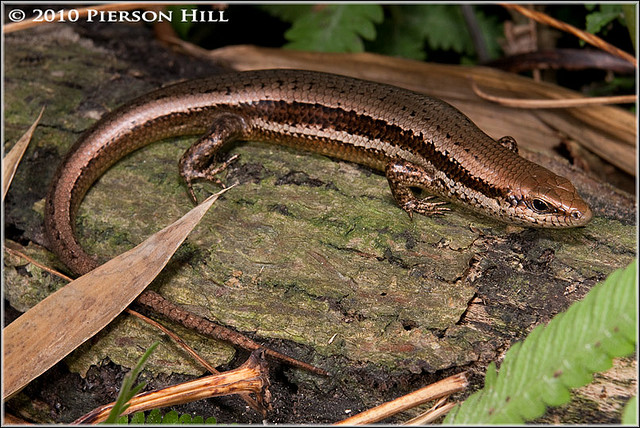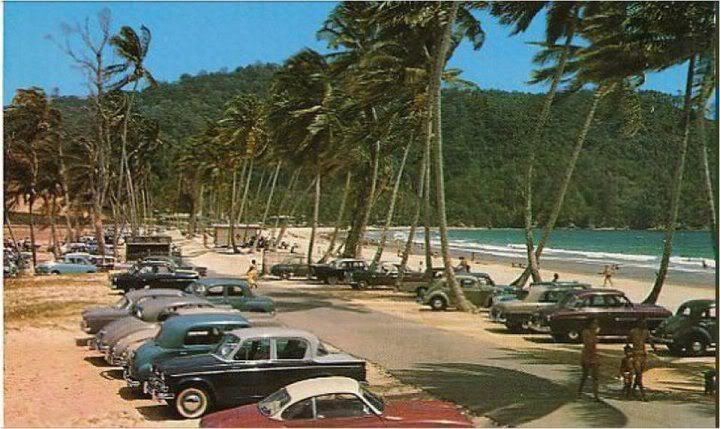




Moderator: 3ne2nr Mods
SMc wrote:^^ doh feel bad about the plug,
I still looking to read/buy a copy of 'Tales of the Paria main road'..published 3 years before we born, but have heard good things about it and cant find the thing anywhere.
remember '(a)round the savannah' ?
Bezman wrote:SMc wrote:^^ doh feel bad about the plug,
I still looking to read/buy a copy of 'Tales of the Paria main road'..published 3 years before we born, but have heard good things about it and cant find the thing anywhere.
remember '(a)round the savannah' ?
i sure I can get ya both
I trying to find a copy of Te Jean & Sons.. gotta get back all those old calssics
SMc wrote:Heron instead egret in some of the cases? Just asking
Seeker wrote:Hmmm...so most of the fauna here are "immigrants" one way or the other.
sMASH wrote:a lot of the flora too, i believe that mangoes and the chataigne *spell* are indian.
d spike wrote:Yodins wrote:any more historical info on the animals in Trinidad/Tobago?
Apart from squeamish females and metrosexuals, the only people who have a major problem with crapauds are bee-keepers.
Speaking of the corbeau, this gentleman who, like the crapaud, seems to be an integral part of our local scenery, apparently shares the crapaud's history of having a foreign origin. It is said that the Spanish brought the corbeaux to our shores, as these birds help clean up the offal of society... Tobago doesn't have this grand creature.
The turkey vulture, or "Red-headed corbeau" or "King Corbeau", is a local boy, however.
cinco wrote:write a book please i would pay for it

Yodins wrote: any info on reptiles?


kappamax wrote:Anybody have a copy of Pat Castagne's, ""Hyarima: A Caribbean Rhapsody"?
I realize the man who write the anthem also wrote some other songs.
MG Man wrote:aaaaaaaaaaaaaaaanywaaaaaaaaaayyyyyyyyyy
another interesting spot in south is the old railway tunnel in Tabaquite.....don't know much about its history, but it's pretty cool
There's a WW2 bunker peeping out the side of a hill in Claxton Bay....looks like a munitions bunker somebody exposed by accident while doing an excavation.....not sure if it was ever opened....anybody know more about this?
...........I know a giy who uncovered some old cannons in Rio Claro, of all places.....the kind you would notmally find defending acoastal garrison.......not sure if they ever removed them tho.........
xtech wrote:Trinidad and Tobago banknotes
A brief monetary history:
British currency, till 1905
Trinidad and Tobago Dollar = 100 Cents, 1905-1951
British East Caribbean Territories currency, 1951-1964
Trinidad and Tobago Dollar = (British Caribbean Dollar) = 100 Cents, from 1964
1905 TT dollar
1939-1943
1964
1977
carmelo wrote:i found this from some old pics i have of the navy tracking station in macaripe from a retired naval officer stationed there during the time .
Yodins wrote:d spike wrote:Yodins wrote:any more historical info on the animals in Trinidad/Tobago?
Apart from squeamish females and metrosexuals, the only people who have a major problem with crapauds are bee-keepers.
Speaking of the corbeau, this gentleman who, like the crapaud, seems to be an integral part of our local scenery, apparently shares the crapaud's history of having a foreign origin. It is said that the Spanish brought the corbeaux to our shores, as these birds help clean up the offal of society... Tobago doesn't have this grand creature.
The turkey vulture, or "Red-headed corbeau" or "King Corbeau", is a local boy, however.
LMAO
nice info on the corbeau there, i thought all cobo was local lol. any info on reptiles?
Return to “Ole talk and more Ole talk”
Users browsing this forum: Dohplaydat, Google [Bot] and 131 guests